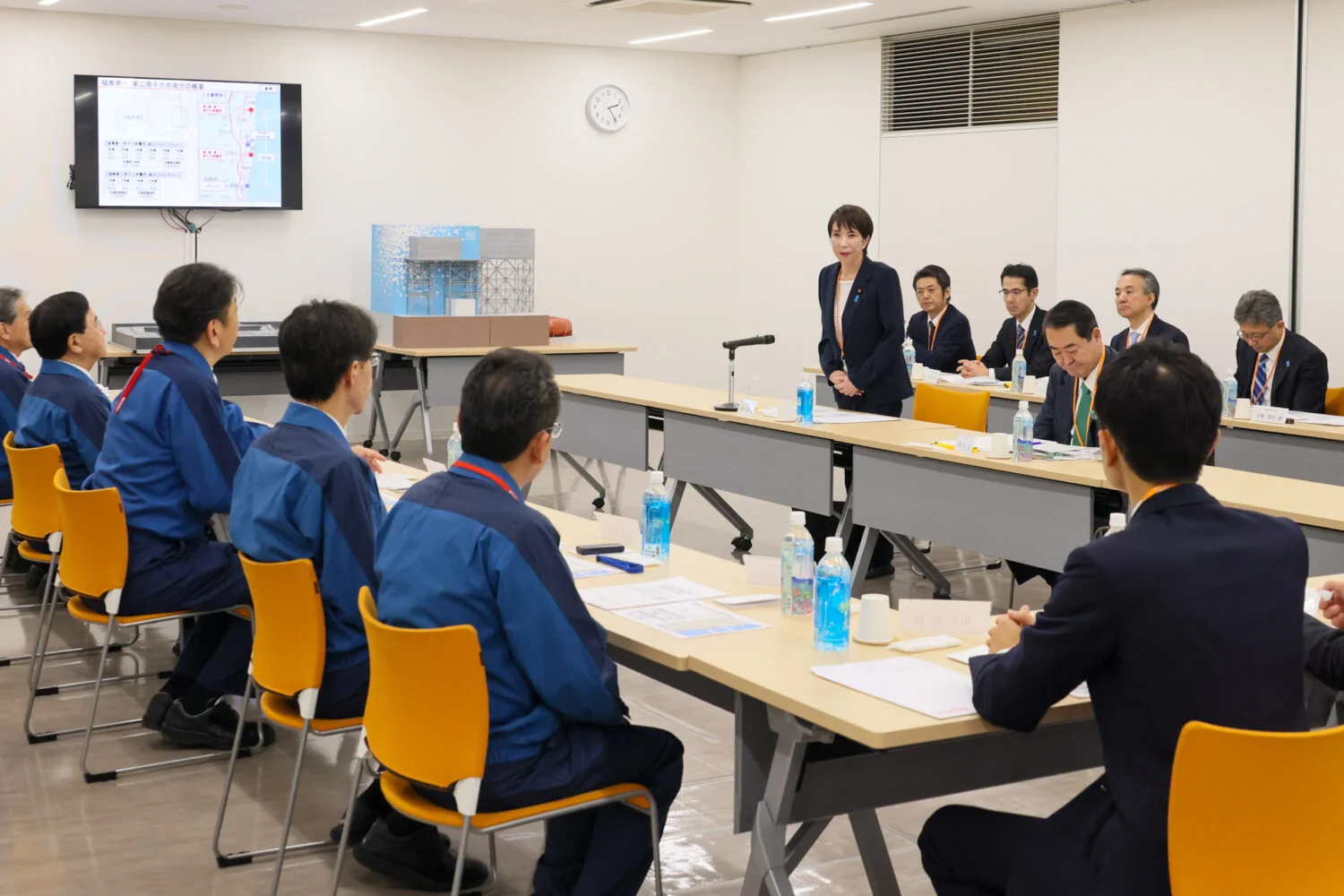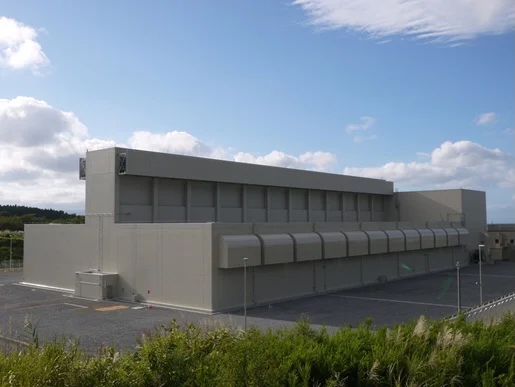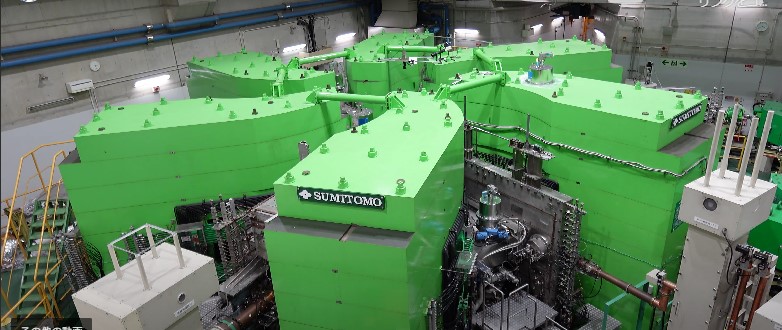Information was analyzed for a total of 2,967 individuals who had taken part in rescue and other emergency activities there during the initial stage of the accident (approximately March 12-31, 2011). It did not include people whose records showed that they had also participated on-site.
During the period, 62% of the personnel received less than 1mSv of cumulative exposure. Meanwhile, 19% received 1-2mSv, and 8% got 2-3mSv. As for larger amounts, 4% received 3-4mSv, 2% got 4-5mSv, and 5% 5-10mSv. Among them, daily exposure data was available for 81 people.
Looking at those with the highest cumulative exposure (about 1.6mSv), we see that the radiation dose sharply increased during the period to March 15, and declined gradually thereafter.
In addition to process controls based on advanced work plans, the report points out the need to steadily carry out appropriate protective measures, as well as radiation dose management, work management, and the sharing of monitored information, from the viewpoint of securing the safety of the people engaged in emergency activities continuously from the beginning of the emergency.
The analyses dealt with only data on external exposure, while the report noted the necessity for equipment to control internal exposure, which is difficult to grasp in real time.












